The goal of the Department of Electronics and Communication Engineering is to impart synergistic education in the field of Electronics & Communication and produce competent and resourceful young E&C Engineers with high technical knowledge and good practical skills and excel in wide variety of job profiles. To achieve this, curriculum provides a strong foundation in both the technological and theoretical aspects of E&C Engineering. It also provides abundant opportunities to students to work on self-designed mini-projects, develop communication skills, explore internship opportunities in industry and take part in national and international conferences and circuit/Software design contests. E&C department is committed to promote research, industrial interaction and multi-dimensional development of the students with theoretical as well as practical exposure. The course contents of this program deals with acquiring basic knowledge of Design and Development in Electronic Devices, IC Design, Microprocessor and Microcontrollers Applications, Analog Systems, Digital Systems, Signal Processing, VLSI, Satellite and Microwave Communication Systems, Mobile Communication, Fiber Optics Communication, Algorithms design and analysis, operating systems, System Software and Embedded Systems.
Graduates in Electronics and Communication Engineering have career opportunities in Defence Sector, Aviation and Avionics, Telecommunication Industry, Embedded System Development, Analog Design, Electronic and Hardware Manufacturing, VLSI design, Power Sector, Electronic Security Systems, Robotics, Communication Protocol Development, Optical Communication Development, Signal processing, Consumer Electronics, Mobile and Wireless Communication etc
The applications of Electronics and Communication Engineering are so wide that it affects our daily lives in various ways. The technology has given Television, Radio, Computers, Telephones and many more gadgets and made our life easier and enjoyable. As India is progressing day by day, we come to know about new gadgets, opportunities for Electronics and Communication Engineers are just immense. Electronics & Communication Engineering offers scope in the field of Research, Mobile communication, Microwave communication, Robotics, Defense, Radio communication, TV broadcasting, Telephony, VLSI design, DSP, Nuclear science and Wireless communication.
The consumers need new devices and gadgets to support them in their day today life. All such devices need electronic circuits and software interface. The controlling programs are architected and developed by E&C engineers. This provides lots of job opportunities for Electronics and Communication Engineers not only in the core electronics industry but also in research and development software industry and government sectors.
E&C Engineers can get job opportunities in government sectors as listed below:
| SEMESTER 1 | SEMESTER 2 | ||||
| S. No. | Subject | Credit/ Marks | S. No | Subject | Credit/ Marks |
| 1 | Engineering Physics of Materials | 4/100 | 1 | Engineering Chemistry of Materials | 4/100 |
| 2 | Computer Software Concept & Programming | 4/100 | 2 | Information Communication & Computation Technology | 4/100 |
| 3 | Elements of Electrical & Electronics | 4/100 | 3 | Elements of Mechanical and Civil Engineering | 4/100 |
| 4 | Quantitative Techniques in Engineering –I/II | 4/100 | 4 | Quantitative Techniques in Engineering –I/ II | 4/100 |
| 5 | Lab on Engineering Physics of Materials | 2/100 | 5 | Lab on Engineering Chemistry of Materials | 2/100 |
| 6 | Electrical & Electronics Lab | 2/100 | 6 | Computer Aided Engineering Drawing Lab | 2/100 |
| 7 | Lab on Computer Programming | 2/100 | 7 | Lab on Spreadsheet Programming | 2/100 |
| 8 | Technical English (ESEP – Xlanz) | 2/50 M | 8 | Professional English ( ESEP – Xlanz) | 2/50 M |
| 9 | Principles of Environmental Studies | 2/50 M | 9 | Constitution & Professional Ethics | 2/50 M |
| 10 | Kannada/ Co-curricular Activities/Sports (ESEP) | - | 10 | Kannada/ Co-curricular Activities/Sports (ESEP) | - |
| Total Credit | 26/800 | Total Credit | 26/800 | ||
| SEMESTER 3 | SEMESTER 4 | ||||
| S. No. | Subject | Credit/ Marks | S. No | Subject | Credit/ Marks |
| 1 | Engineering Statistics | 4/100 | 1 | Numerical Techniques and Integral Transforms | 4/100 |
| 2 | Analog & Digital Electronics Circuit Analysis | 3/100 | 2 | Communication System | 3/100 |
| 3 | Computer Architecture Design | 3/100 | 3 | VLSI Architecture | 3/100 |
| 4 | Signals and System | 3/100 | 4 | Information Theory and Coding | 3/100 |
| 5 | Digital System Design Using HDL | 3/100 | 5 | Computer Networks | 3/100 |
| 6 | Analog & Digital Electronics Circuit Analysis Lab | 2/100 | 6 | Communication System Lab | 2/100 |
| 7 | Digital System Design Using HDL Lab | 2/100 | 7 | Computer Networks Lab | 2/100 |
| 8 | Employability Skills Enhancement Programme -1 | 25/50 | 8 | Employability Skills Enhancement Programme 2 | 2/100 |
| 9 | International Certification course on current trends -1 | 1 | 9 | International Certification course on current trends -2 | 1/100 |
| Total Credit | 23/750 | Total Credit | 23/750 | ||
| SEMESTER 5 | SEMESTER 6 | ||||
| S. No. | Subject | Credit/ Marks | S. No | Subject | Credit/ Marks |
| 1 | Digital Signal Processing | 3/100 | 1 | Antenna and Wave Propagation | 3/100 |
| 2 | Sensors and Actuators | 3/100 | 2 | Digital Image Processing in AI using Python | 3/100 |
| 3 | Microcontrollers and Embedded System | 3/100 | 3 | Core Elective - 1 | 3/100 |
| 4 | Introduction to Artificial Intelligence | 3/100 | 4 | Core Elective - 2 | 3/100 |
| 5 | Virtual Reality | 3/100 | 5 | Open Elective - 1 | 3/100 |
| 6 | AI Lab | 2/100 | 6 | DSP and Antenna Design Simulation Lab | 2/100 |
| 7 | Microcontrollers and Embedded System Lab | 2/100 | 7 | Digital Image Processing using Python Lab | 2/100 |
| 8 | Employability Skills Enhancement Programme-3 | 2/50 | 8 | Employability Skills Enhancement Programme 4 | 2/100 |
| 9 | Internship -1 (Embedded System using Arduino and Galileo) | 2/50 | 9 | MOOC/COURSERA - 2 | 1/50 |
| 10 | MOOC- 1(Dept. Specific) | 1/50 | 10 | International Certification course on current trends-4 | 1 |
| 11 | International Certification course on current trends-3 | 1 | |||
| Total Credit | 25/850 | Total Credit | 23/800 | ||
| SEMESTER 7 | SEMESTER 8 | ||||
| S. No. | Subject | Credit/ Marks | S. No | Subject | Credit/ Marks |
| 1 | Bio Medical Instrumentation | 3/100 | 1 | Technical Seminar | 2/100 |
| 2 | Computer Vision | 3/100 | 2 | MOOC– 3 (Research Methodology) | 1/50 |
| 3 | Introduction to Information Security | 3/100 | 3 | Project (With Patent Application) | 12/200 |
| 4 | Core Elective – 3 | 3/100 | |||
| 5 | Fundamentals of Industrial IOT System | 3/100 | |||
| 6 | Industrial IOT Lab | 2/100 | |||
| 7 | Mini Project | 2/100 | |||
| 8 | Internship - 2 | 2/50 | |||
| 9 | ESEP: Patent Filing and IPR | 2/50 | |||
| 10 | Social Internship | - | |||
| Total Credit | 23/800 | Total Credit | 15/350 | ||
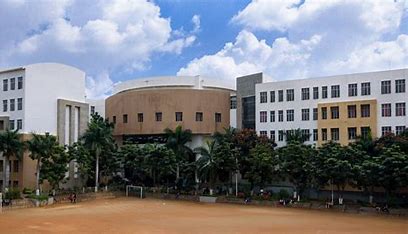
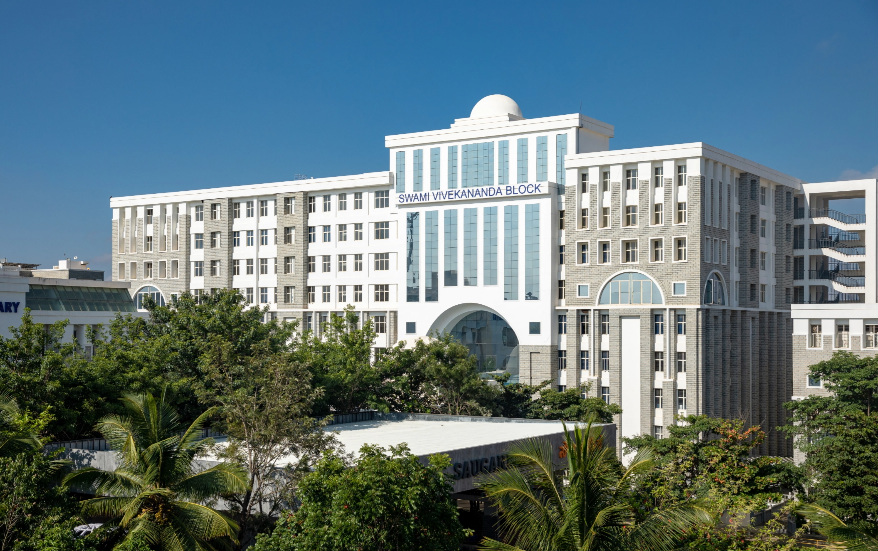
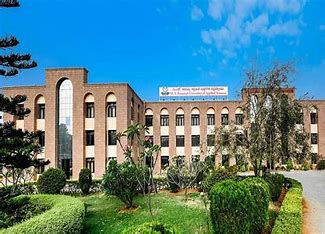

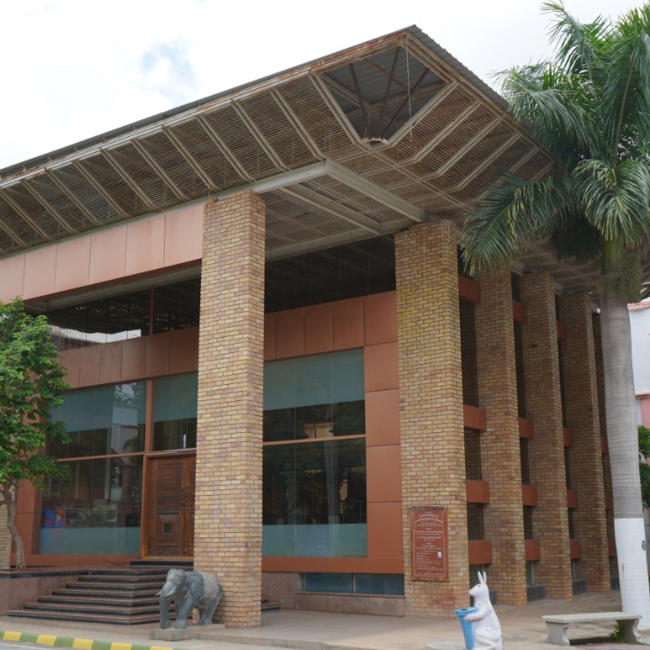

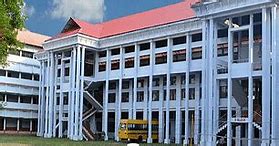

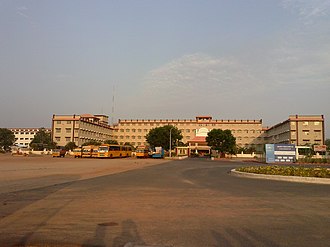
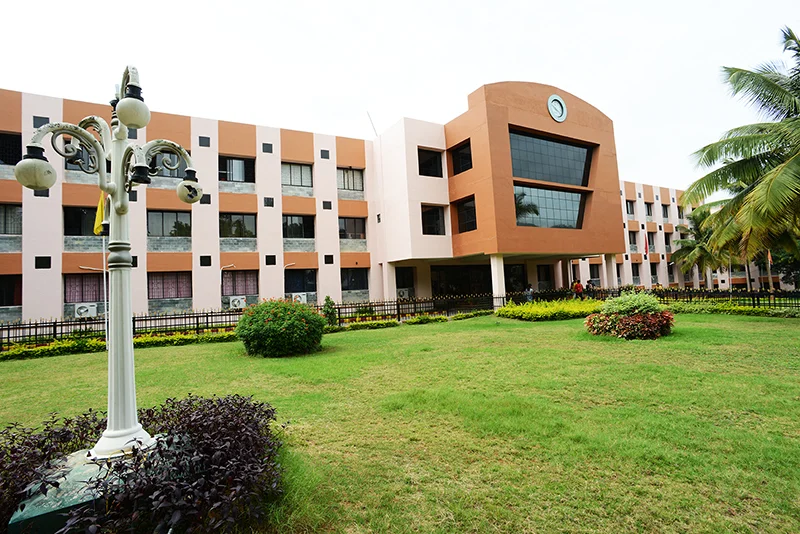
Student Review About Course